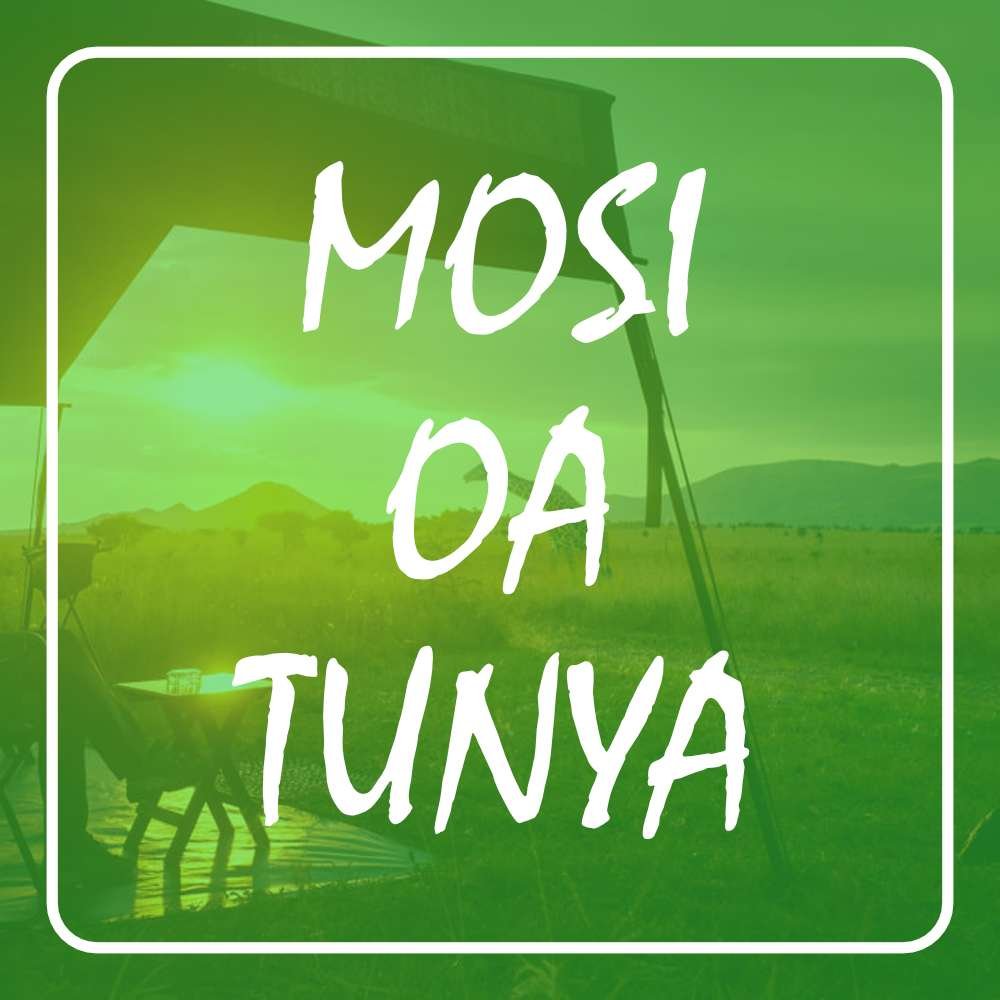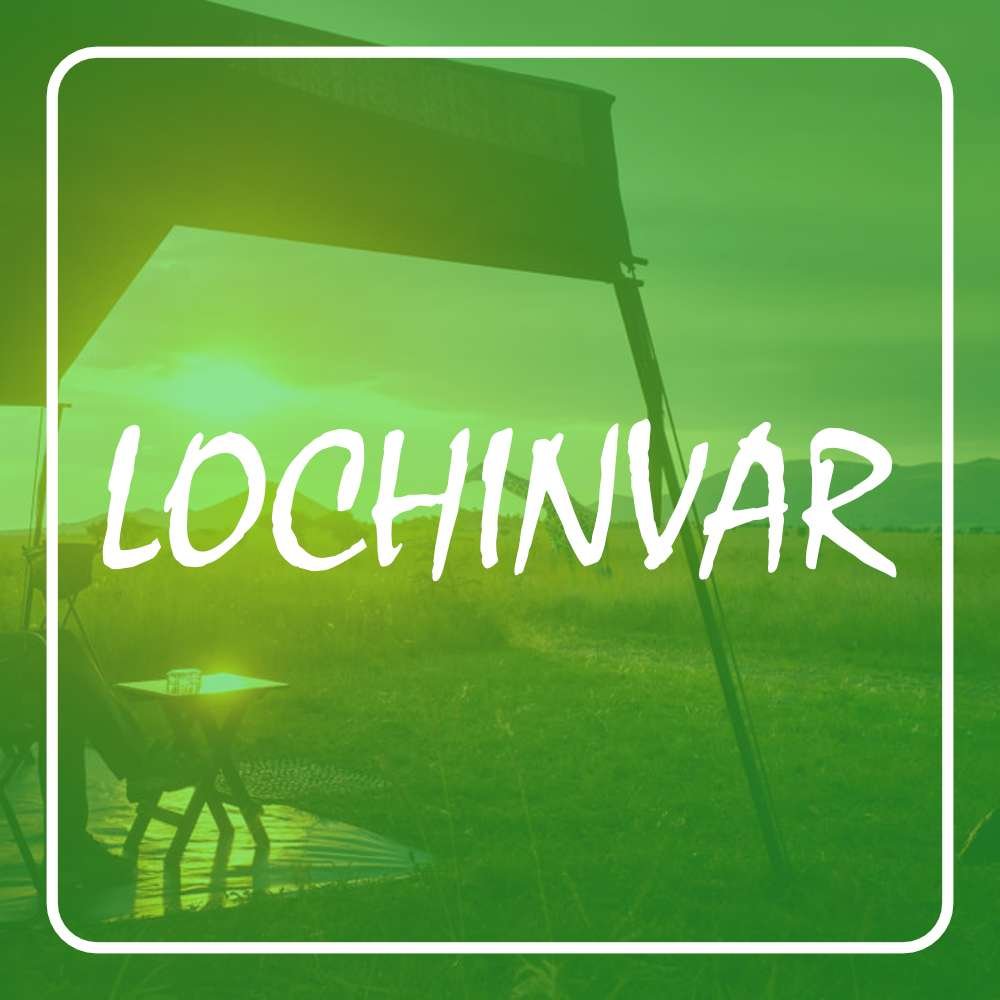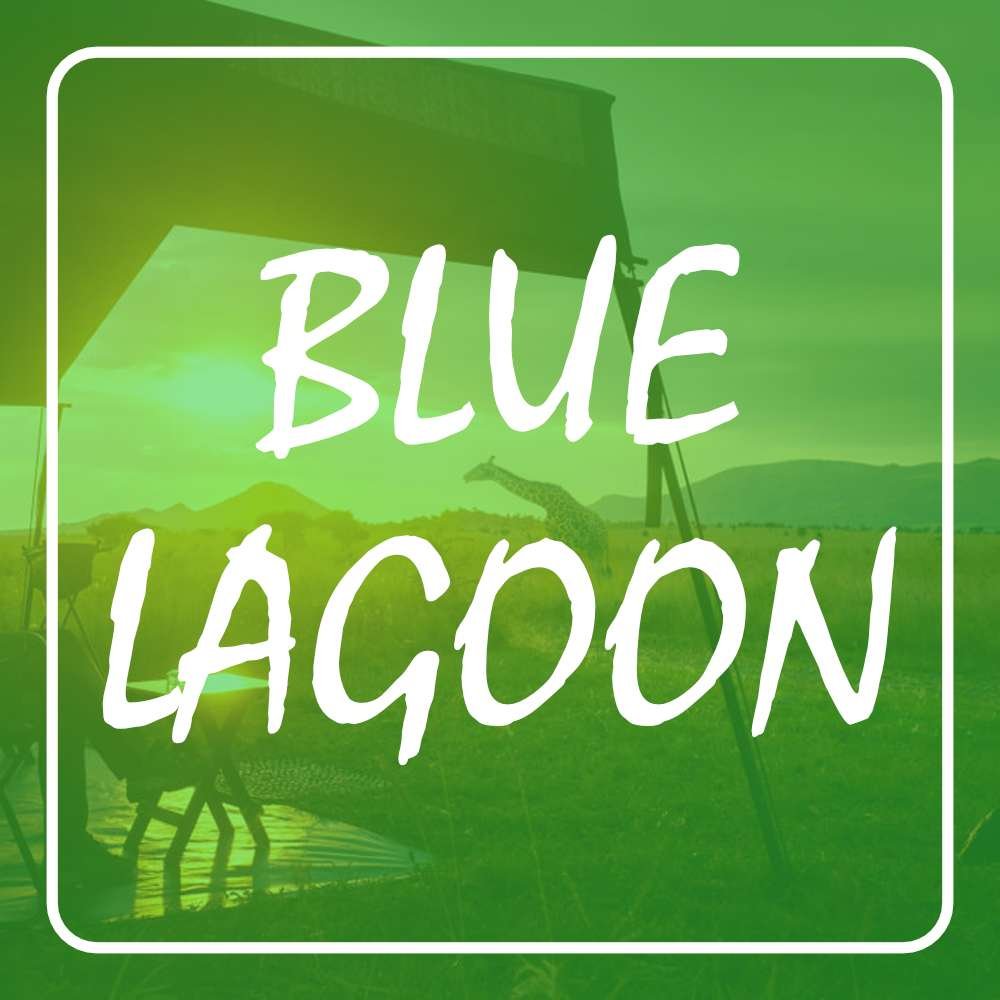North Luangwa National Park
- Governing Body: Department of National Parks and Wildlife
- Coordinates: 12°S 32°E
- Type: National Park
- Area: 4636km2
- Established: 1972
- Nearest District(s): Mpika
- Province(s): Muchinga
- Countries: Zambia
Share:
General Information
North Luangwa national park is a small national park and the northmost park in the luangwa valley.
Infrastructure & Accessibility
For many years the park was not open to the public and special permission to enter it must be obtained from the Dept of National Parks and Wildlife Services in Chilanga or Mpika. It is not advisable to journey into the park without a guided tour due to its remoteness just in case anything went wrong with your vehicle. The best way to experience this park is with one of the operators running safaris here. Operators in this region conduct safaris in the dry season from June to October when animal sightings are at their peak. Access in the wet season is virtually impossible.
One can fly in to either Mfuwe International Airport, about four hours away and be picked up, or be brought in from the Mpika side of the escarpment. There are two airstrips that are open for charter traffic.
Habitat, Flora and Climate
Like the South Luangwa National Park, its eastern boundary is the Luangwa River, while it rises to cover a stretch of the Muchinga Escarpment to the west. The Mwaleshi River flows east–west through the Centre of the park, the area to its south being a strict wilderness zone.
Wildlife
The North Luangwa National Park is known for its massive herds of buffalo and large prides of lion as the protected area is considered a Lion Conservation Unit together with South Luangwa National Park.
Other common mammals are hyaena, Cookson’s wildebeest, bushbuck, zebra, warthog, baboon, vervet monkey, puku and impala. Elephant and leopard are also seen, but not as frequently as in the South Park. You are more likely to see hartebeest, reedbuck and eland here, however.
In 2003, black rhinos were re-introduced to the park and since 2005.
For many years, its wildlife suffered greatly from poaching in the 1970s1980s but recent years have seen poaching almost entirely stopped.
Birdlife
ll the birds in the South have been recorded here as well. Sighted regularly are the crowned cranes, purple crested loeries, broad billed roller, Lilian’s lovebird, the carmine bee-eater, giant eagle owl and Pel’s fishing owl. Occasionally seen are the bathawk, black coucal and osprey.
Accommodation Type(s)
CampingActivities
Safari Tour, Guided TourNo donation to this project yet.
| M | T | W | T | F | S | S |
|---|---|---|---|---|---|---|
| 1 | 2 | 3 | 4 | 5 | 6 | 7 |
| 8 | 9 | 10 | 11 | 12 | 13 | 14 |
| 15 | 16 | 17 | 18 | 19 | 20 | 21 |
| 22 | 23 | 24 | 25 | 26 | 27 | 28 |
| 29 | 30 | 31 | ||||










